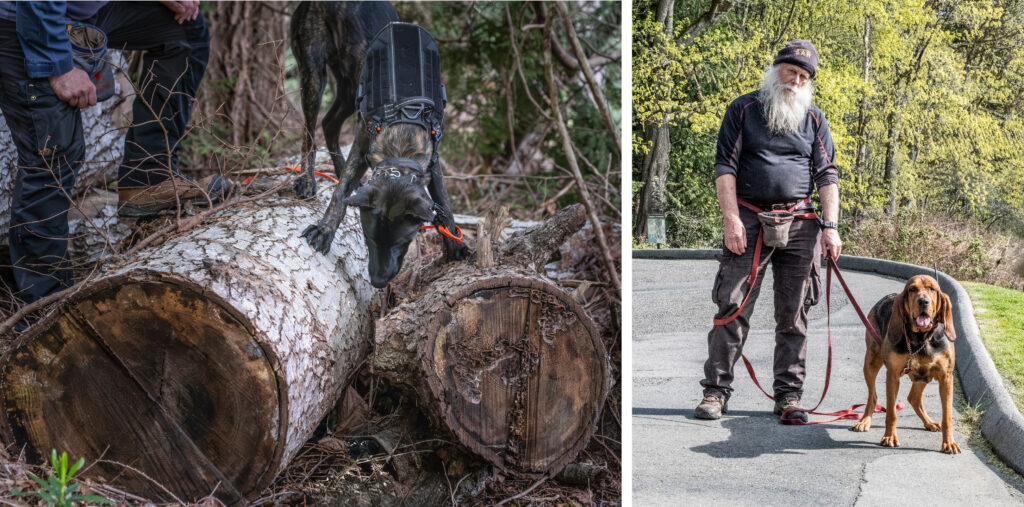– by Carole Pearson, photos by nuttycake.com –
Call it “the karma of composting.” It happens when kitchen waste collected from Sidney residences is transformed into nutrient-rich soil and spread on flower beds in local parks and public areas that beautify the town for the enjoyment of all.
This is one outcome of the Capital Regional District’s kitchen scraps strategy. Approved by the board in 2012, it means organic material (food waste and soiled paper products) that can be composted must be removed from the waste stream going up to the CRD’s Hartland landfill facility. There was plenty of lead-up time before a ban went into effect on January 1, 2015. Local haulers now face fines ranging from $100 to $1000 for dumping loads containing food scraps at the landfill.
Since joining the program in January 2014, Sidney claims 375 tonnes of waste has been diverted, a 28 percent reduction. The Emterra Group, which handles Sidney’s garbage pick-up, takes the collected kitchen waste to the Lower Mainland where it is processed by Harvest Power, an organics management company, and is turned into soil amender, compost, mulch and soil blends. Instead of empty trucks making the return trip, some of this soil comes back to Sidney. What goes around truly does come around!
According to the CRD, “Organic materials, such as kitchen scraps, constitute approximately 30 percent of the waste at Hartland landfill. Current recycling (such as the blue box program) and composting programs are diverting 46 percent of the waste stream from the landfill. In order to achieve our diversion goal of 70 percent by 2015 kitchen scraps must be removed from the garbage.”
Most municipalities within the CRD have been part of the program for a while. In a two-year pilot project begun by the CRD in 2006, the municipalities of Oak Bay and View Royal tested the kitchen waste pick-up program. Since 2007, the CRD states, over 12,000 tonnes of kitchen scraps have been diverted.
Coinciding with the CRD ban at Hartland, Central Saanich and North Saanich have only recently come on board. Like a majority of municipalities in the region, garbage collection is arranged by residents through various private hauling companies. For these Saanich Peninsula residents, separating kitchen waste from the garbage is still in its early days but people are adapting.
“I love it,” says Central Saanich resident Heather Kirby. “I thought it would be a problem but I just put all the vegetable peelings right into the container. There’s no fuss, no muss – it’s done!” She bought a kitchen container and chose one with a filter in the lid to stop odors. “I put in a compostable bag and every two weeks, I just put the bag out on top of the garbage can, and it gets picked up. It’s easy and I have hardly any garbage now!”
For people who prefer to drop off their garbage at a depot on an “as necessary” basis, places like DL’s Recycling, will accept kitchen waste in compostable bags for a small fee. Residents who want to carry on composting their own kitchen waste, there are a variety of digesters one can install in the back yard to handle meat, bones, dairy, bread and other materials that can’t be thrown into plant-based compost.
For more information on the program and a list of private contractors (like Capital City Recycling or Pan-insula Disposal) and drop-off recycling facilities, check out the CRD’s www.myrecyclopedia.ca. The site makes it even easier for residents to remember what goes out when with advice to ‘avoid the pajama dash’ to the curb with your blue box and bag. Residents can sign up for email/text/twitter/phone reminders that you can set for a convenient time (like the night before). The website is also a great resource for finding out how to reuse, reduce and where-to-recycle, especially when “spring cleaning” the garage or basement. Simply tossing discarded items into the garbage is bad karma, for sure!




